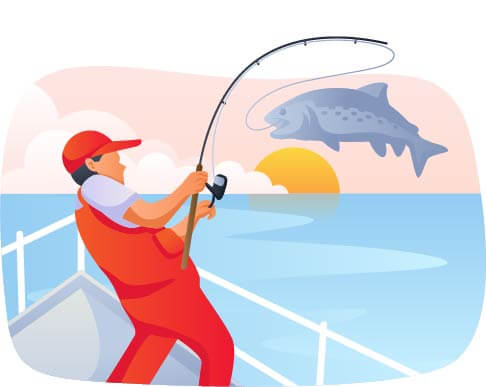With work now defined by the global crisis of the Covid-19 pandemic, the current focus of companies is supporting their workforces—at home. Coupled with technological and safety needs, there is still an opportunity to engage in performance development that aligns with the employee and strategic needs.
“Tough times don’t last, tough people, do.” —Robert Schuller
How do we ensure employees continue to contribute positively to the organization? How do we develop and nurture the right talents to move our organizations forward once we return to a sense of normal work? We need to identify the agility and strengths of employees who have been key to our sustenance during the pandemic and translate this knowledge to continued talent development, to sustain and grow organizations to achieve better-than-expected results.
We often characterize strong individuals as having the following characteristics:
- Relevant job skills
- Trustworthiness
- Motivation to work
Skill is the learning ability in people to perform a particular task and do something well. Strong individuals should have the ability to understand where they need to be, where they are, and how they bridge the gap to be there. They have the ability to align others to the future picture and influence them through effective communication. They are visible with a focus to execute and deliver expected results. Good analogy organizations and individuals can follow to develop these skills, is the sports analogy: Like an athlete, employees start by acquiring the knowledge needed for that skill, then create a routine to practice with a discipline to repeat the practice. Central to skill development, is action and discipline, as one moves from novice to expert. Good skills require practice and reflection—the continuous cycle of honing one’s craft to become an expert.
Strong individuals are trustworthy. In addition to the skills required for the job, organizations want to recruit trustable candidates; people want to deal with individuals who have integrity. The ethics and values of a person influence decisions, and are reflected in their behaviors. These values of integrity and trustworthiness, ultimately reflect on performance and results. If there is a disconnect, organizational performance suffers.
Strong individuals are intentional. They put their heart, mind and body into action. For a person to focus and deliver the expected results, self-preparation needs to be there. In both business and life, the strong person needs a balance between heart, mind and body.
Heart: Strong individuals provide emotional stability, and are grounded, due to their values and ethics.
Mind: Strong individuals do not make rash decisions; they are analytical and consider multiple options that align with the beliefs and values.
Body: Strong individuals are aware their actions reflect who they are; they know their visible responses and attitudes are evaluated by others. They also recognize the power of their actions in motivating others to achieve results.
Organizations can develop the skills of their employees, and perhaps influence their actions through motivation, and modelling expected behaviours. At the core of a strong individual, are the values and ethics that are key to their intentions and performance. It is their integrity that is the compass that defines their work and, ultimately, the performance as an organization.
In reference to a recent quote I came across: CFO says to CEO, “What if we invest money to train our employees, and then they leave?” The CEO responds, “What if we don’t invest money in training our employees, and they stay?” As you can see, proper training and development programs are key to building strong individuals—and companies. Strong individuals, therefore, equals strong companies. The elements noted above ought to be in place, for greater success and ROI. And by ROI, I mean both Return on Investment and Return on Individual.











